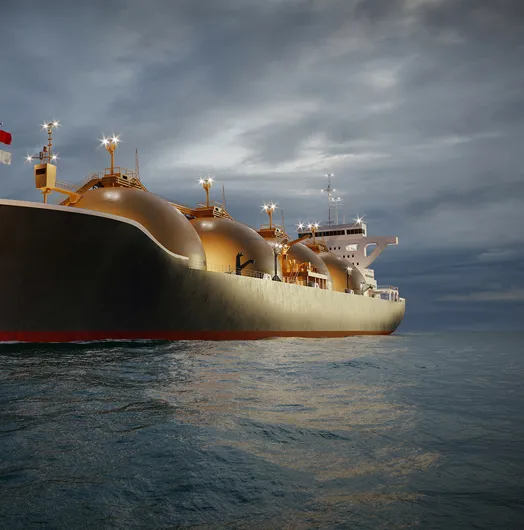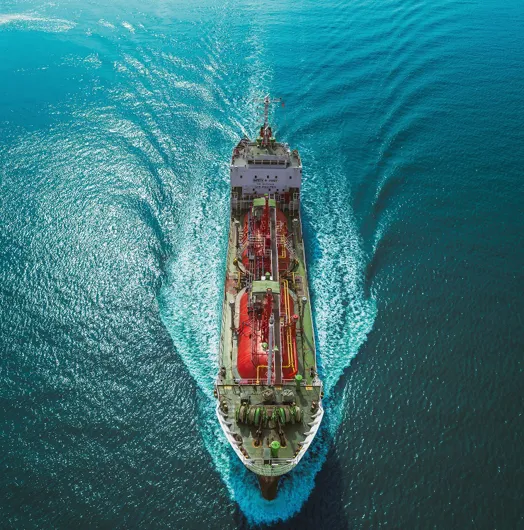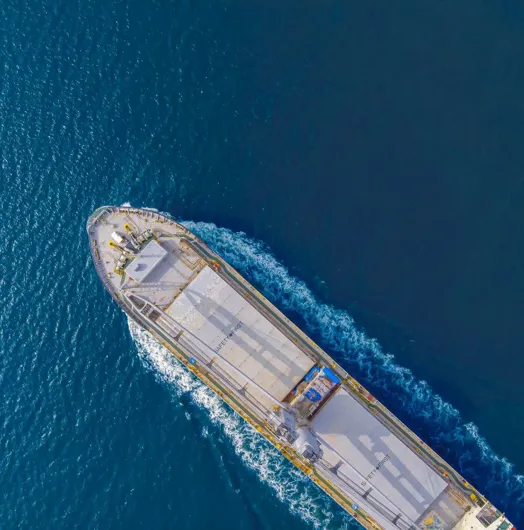Note: This article has been written predominantly for the benefit of our non-ammonia clients, in response to an increase in general enquiry levels.
We previously reported on the surge in publicity related to green ammonia and predictions of significant growth in the ammonia market generally. In this article we examine how realistic these expectations are and share some recent market movements which could prove important going forward.
What is happening to green ammonia production?
New projects
Continued reports of new projects are an encouraging sign that greener ammonia production has positive momentum. Furthermore, the fact that some of these projects are planned for locations which would require marine transportation to reach market, is also encouraging shipping demand. It is worth noting however that most projects still require financing before being confirmed, as well as time to complete construction.
Upgrading existing ammonia production
The upgrading of existing ammonia production processes, as well as efforts to decarbonise them, is ongoing but will take time to complete.
Brown ammonia production
Brown ammonia production remains a sizeable emitter of CO₂, particularly in China (the biggest producer of ammonia) as the country is still deriving production from coking coal.
What are the latest developments with ammonia as a marine fuel?
Unlike traditional marine fuels, including ‘cleaner’ LNG and LPG, ammonia does not produce CO₂ under combustion. Its desirability as a marine fuel is therefore obvious and growing interest in its use comes as no surprise. This has prompted extensive work on engine development with significant resources being directed towards ensuring successful trials and eventual approval.
MAN ES, for example, expect their R&D to continue through 2022, with single cylinder trials to commence in 2023. If successful, a full test engine will be run on ammonia throughout the year with the aim of unveiling it in Q4 2023. MAN could therefore be able to accept orders from mid-2023, for delivery to the nominated shipyard at the end of 2024. Based on these timescales, the delivery of the first vessel burning ammonia fuel is unlikely to happen prior to 1H 2025. It is a similar story with Japanese engine designs which are underway with timelines of a similar, or perhaps slightly later, nature.
While the likelihood is that ammonia cargo ships will be the first users of ammonia as a fuel, success is likely to lead to ammonia becoming more widespread in other shipping sectors. This is generating wider interest across the marine industry generally. In the same way that Maersk is investing heavily in the use of methanol, a number of other major operators are going with ammonia. Going forward this will add momentum to the requirement for bunkering hubs and boost demand for the reliable supply of greener ammonia.
While there is some competition between the different alternative fuels like ammonia and methanol, we anticipate that both will find an important role, depending on operator and trade sector.
What does current demand for green ammonia look like?
Demand for ammonia generally remains strong and has been further driven by the Ukraine crisis curtailing supply. Prices are also at historically high levels, which is stimulating production in the short-term within current constraints.
While this environment will certainly encourage new production projects, most of these will rely on medium- to long-term financing, where ammonia prices are less predictable.
The consequences of this were evident during a recent tender for significant volumes of green ammonia into Japan from 2027. The tender reportedly received minimal response, reflecting the challenges and uncertainties which suppliers still face before they can be ready to commit to such requirements at this time. Nevertheless, the tender demonstrates an ongoing desire for greener ammonia – a sentiment we believe is likely to be echoed by more buyers going forward.
Will interest last?
Put simply – yes! However, we anticipate it will take time and considerable investment to reach the massive volumes which some analysts are predicting.
We have seen government funding for green ammonia initiatives across Australia, Asia, Europe, the US and Latin America as well as elsewhere in the world. These schemes have been launched to decrease some of the associated risks and to increase investment appetite by current market participants and other prospective stakeholders.
Interest in consuming green ammonia as an industrial fuel is growing, with buying interest already seen from several sources, some specifically excluding anything but green ammonia. Timelines vary but one notable purchase tender seeks significant supplies from 2027 onwards.
We anticipate continued incremental demand for green ammonia given its potential use as an alternative/supplemental industrial fuel, particularly for power generation. Japan, for example, has announced ambitious plans to import 3 m tons of green ammonia by 2025 and 30 million tons by 2030 for power generation.
Several relatively small-scale production projects have already been announced, with others under discussion. It remains to be seen how many of these will go ahead but if they all come to fruition, they could account for up to 50 mmt by 2025-2030. There is also discussion around blue ammonia production, which incorporates CCS, but once again these projects are small scale.
Together, all these factors will come to shape future demand for green ammonia. The impact on seaborne trade, however, is dependent on where green production facilities are built, whether inland, at costal locations or offshore, the latter two more likely to create demand for shipping.
What does the future hold for green ammonia?
Ammonia’s use as an essential commodity for food production and industrial processes means its supply is of strategic importance. Recent events have only served to emphasise that over-reliance on any particular supply region could be catastrophic.
While the desire for greener ammonia will almost certainly grow, the primary driver for this is likely to be reliable supply, with the environmental aspect to follow. Given the current situation with rising food, fertiliser, commodity and feedstock prices, government support for new projects becomes increasingly important but it remains to be seen how much support will find its way towards new, greener, processes in the short-term.




